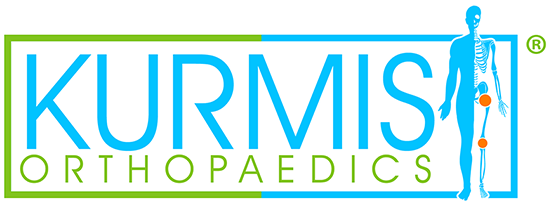Living with Postural Orthostatic Tachycardia Syndrome (POTS) can be challenging, but incorporating regular exercise into your routine can make a significant difference in managing symptoms and improving your overall quality of life. However, exercising with POTS requires careful consideration and customisation to avoid exacerbating symptoms. This blog aims to provide the benefits of exercise for those with POTS and practical recommendations. It is encouraged that you work closely with a healthcare provider for an individualised plan based on your needs and capabilities.
Understanding POTS
Postural Orthostatic Tachycardia Syndrome (POTS) is a condition characterised by an abnormal increase in heart rate (tachycardia) upon assuming an upright posture. The most common symptoms include dizziness, lightheadedness, fatigue, palpitations, and decreased exercise tolerance. While the exact cause of POTS is not fully understood, it is believed to involve dysfunction in the autonomic nervous system, which regulates involuntary bodily functions such as heart rate and blood pressure.
Exercise Benefits
Despite the challenges posed by POTS, incorporating regular exercise into your routine can be beneficial for symptom management in the following ways:
- Improved cardiovascular fitness: Exercise can help strengthen the heart and improve circulation, leading to better tolerance of upright positions and reducing the severity of symptoms such as tachycardia and lightheadedness.
- Improved circulation: Strengthening the muscles in the lower limbs can promote better blood flow and venous return, reducing the pooling of blood in the legs and feet.
- Mood enhancement: Regular physical activity has been shown to boost mood and alleviate symptoms of anxiety and depression, which are common among POTS patients.
Exercise Recommendations
The severity of POTS related symptoms an individual is experiencing will define the level at which someone can safely exercise. It is essential to start slowly and gradually increase the intensity and duration of exercise or activity over time. This will reduce the likelihood of post-exertional malaise (PEM) which is characterised as a worsening of symptoms following even minor physical or mental exertion and is not uncommon for individuals with POTS. For some, this may mean starting exercise in a lying position and slowly progressing to an upright position. Some individuals may tolerate steady-state exercise while others may find interval training more beneficial. Both are great for improved cardiovascular fitness but serve different purposes and may be more appropriate for different individuals based on their symptoms while exercising and their overall health status.
Recommendations Unrelated to Exercise
- Adequate hydration for increased blood volume and blood pressure regulation.
- Using compression garments for blood flow management.
- Keeping an activity log of how you felt after exercise or during certain daily activities, to then adjust your routine as needed and minimise the risk of overexertion.
- Incorporate relaxation techniques such as deep breathing, mindfulness, or progressive muscle relaxation.
- Consider cooling techniques like exercising in cooler environments and wearing lightweight/breathable clothing to help with body temperature regulation.
- Seek medical advice first – increasing sodium intake can also be beneficial for blood pressure regulation.
Exercise plays a vital role in managing Postural Orthostatic Tachycardia Syndrome (POTS) by improving cardiovascular fitness, enhancing muscular strength, boosting circulation, and supporting overall well-being.Consulting with a healthcare professional, such as an exercise physiologist, physiotherapist or cardiologist familiar with POTS, can provide personalised guidance and help tailor an exercise program to individual needs and capabilities. Remember to start slowly, listen to your body, and make adjustments as needed to ensure a safe and effective management.























